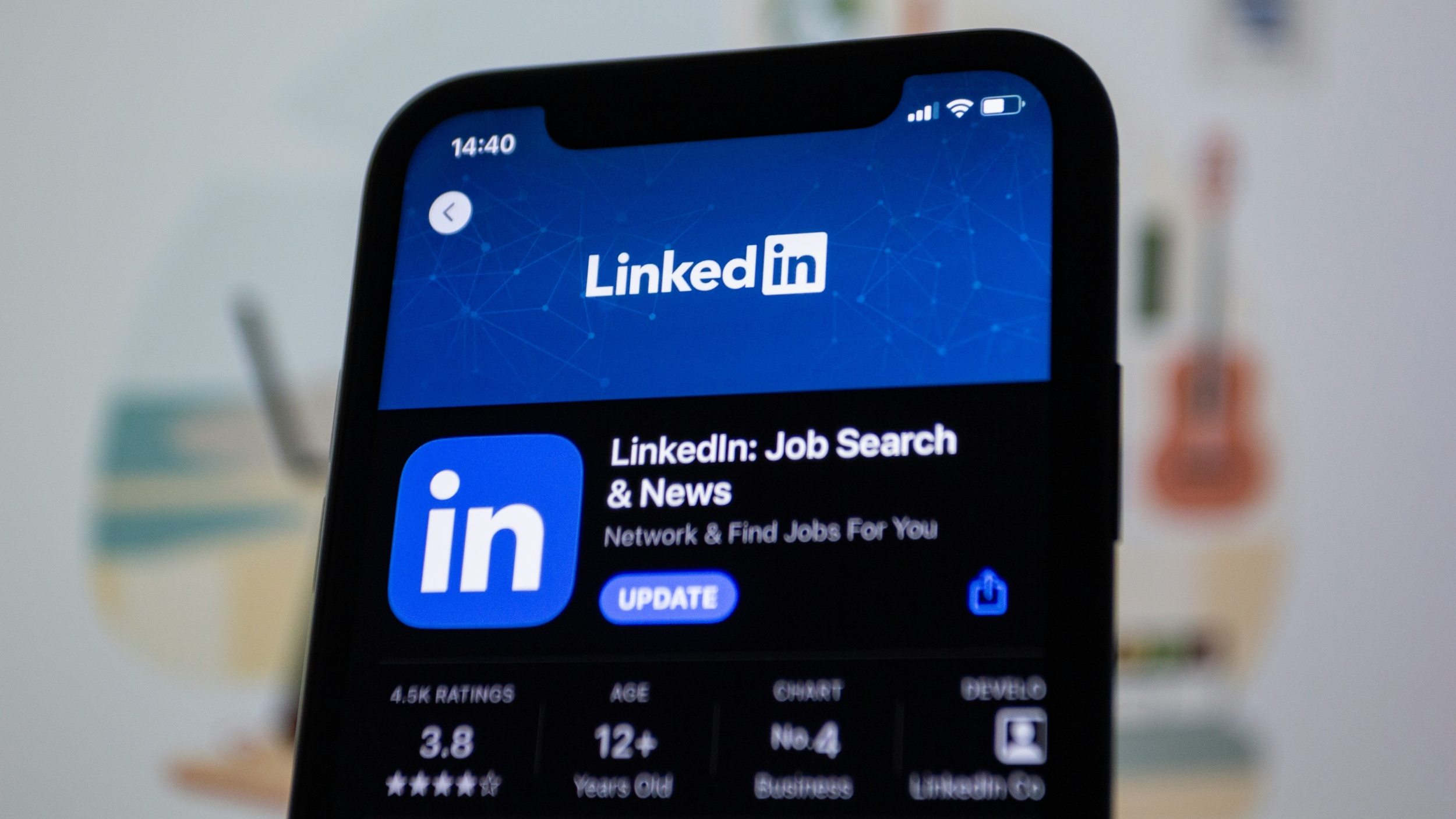
"The algorithm can feel like a mysterious gatekeeper, deciding which posts reach only a few connections and which break free into wider feeds. For professionals, creators, and brands, understanding how this algorithm works is key to maximizing LinkedIn engagement and ensuring that your content doesn't vanish into a tiny corner of your audience's feed. This article aims to provide an objective overview of what the LinkedIn algorithm favors, offering actionable insights and viral LinkedIn post tips to help you tailor your content strategy for greater visibility."
"Engagement Signals - At the heart of LinkedIn's ranking process are likes, comments, shares, and dwell time (how long someone spends reading a post). Posts that quickly accumulate meaningful interactions are more likely to get boosted. The "Golden Hour" - LinkedIn places particular importance on how a post performs shortly after it's published - often referred to as the "golden hour." If your post receives strong engagement during that period, the algorithm may push it to a broader audience."
LinkedIn's algorithm acts as a gatekeeper that determines which posts reach larger audiences by filtering for quality, testing performance, and then distributing based on relevance and network connections. Core engagement signals include likes, comments, shares, and dwell time; posts that quickly accumulate meaningful interactions gain boosts. The platform emphasizes early performance within a "golden hour" after publishing, which can trigger wider distribution. LinkedIn increasingly favors thoughtful, meaningful interactions over clickbait, engagement bait, and external links that send users off the platform. Professionals, creators, and brands should tailor content strategies to encourage substantive engagement and optimize visibility.
Read at Tech Times
Unable to calculate read time
Collection
[
|
...
]